Europe’s diverse landscapes offer some of the world’s most spectacular rock climbing destinations. From the sun-drenched limestone cliffs of Spain to the ancient granite formations of Scandinavia, European climbing areas cater to all styles and ability levels. Whether you’re a beginner looking to develop fundamental skills or an experienced climber seeking challenging projects, the continent provides an incredible variety of climbing experiences.
Here is a list of 20 exceptional European climbing destinations that showcase the incredible diversity and quality of routes available across the continent.
Fontainebleau, France
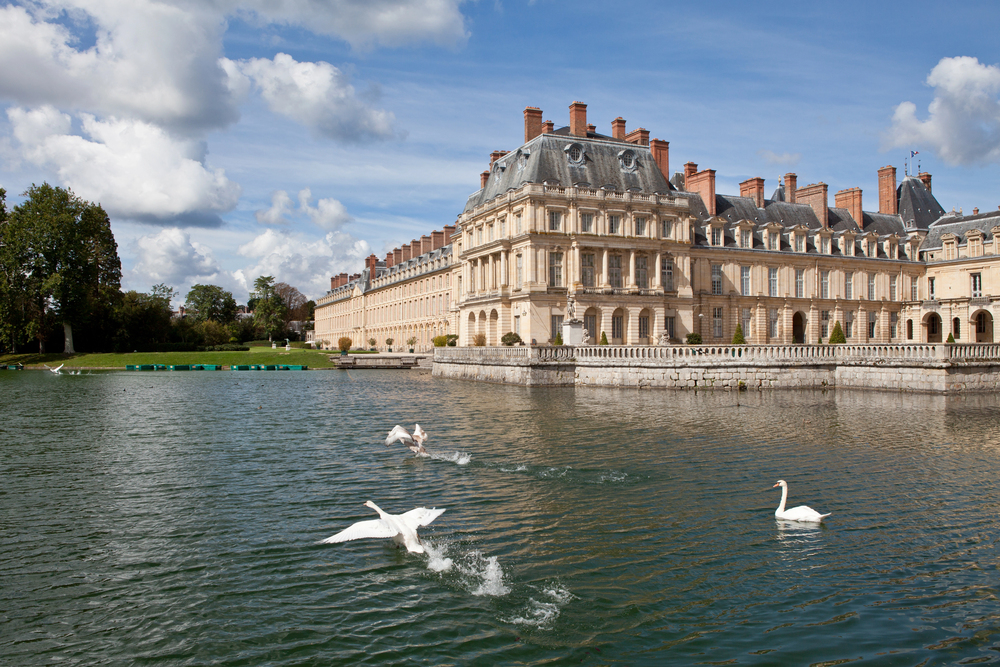
This legendary forest area outside Paris represents perhaps the most famous bouldering destination on earth. The unique sandstone formations offer thousands of problems across all difficulty levels, with a distinctive technical style that has influenced climbing worldwide.
The forest setting, with problems scattered among ancient trees, provides a magical atmosphere unlike any other climbing area. Fontainebleau’s color-coded circuits make it easy for climbers to find problems matching their ability level.
Kalymnos, Greece
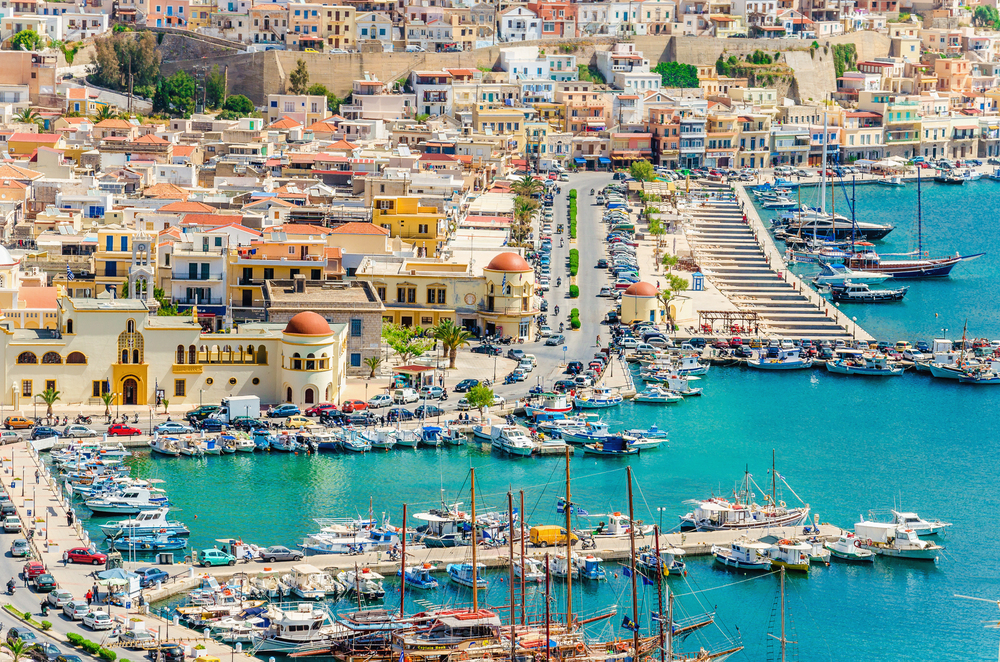
This small Greek island has become one of Europe’s premier sport climbing destinations over the past two decades. The immense limestone cliffs feature dramatic stalactites, tufas, and pockets, creating a three-dimensional climbing experience that draws visitors from around the world.
With most routes just a short walk from the beach and a laid-back island atmosphere, Kalymnos offers the perfect balance of world-class climbing and Mediterranean relaxation.
Like Travel Pug’s content? Follow us on MSN.
Frankenjura, Germany
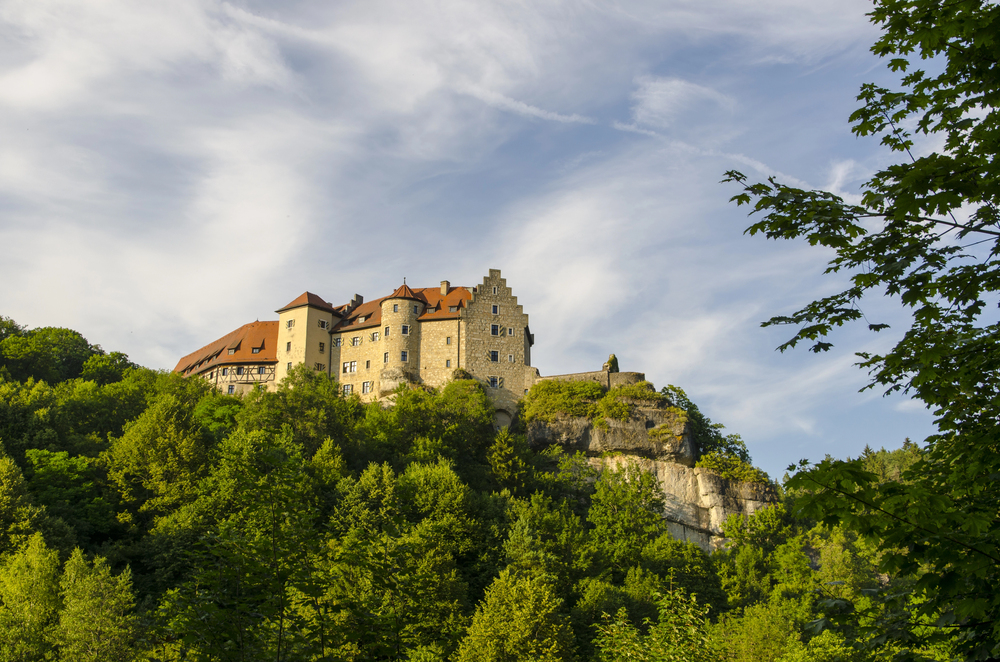
Nestled within the lush forests of Bavaria, this expansive climbing area contains over 1,000 crags and more than 10,000 routes. The compact limestone formations are known for their distinctive pockets and technical, powerful climbing.
Frankenjura holds special significance in climbing history as the proving ground where Wolfgang Güllich established Action Directe, the world’s first 9a (5.14d) route, pushing the boundaries of what was possible in the sport.
Siurana, Spain
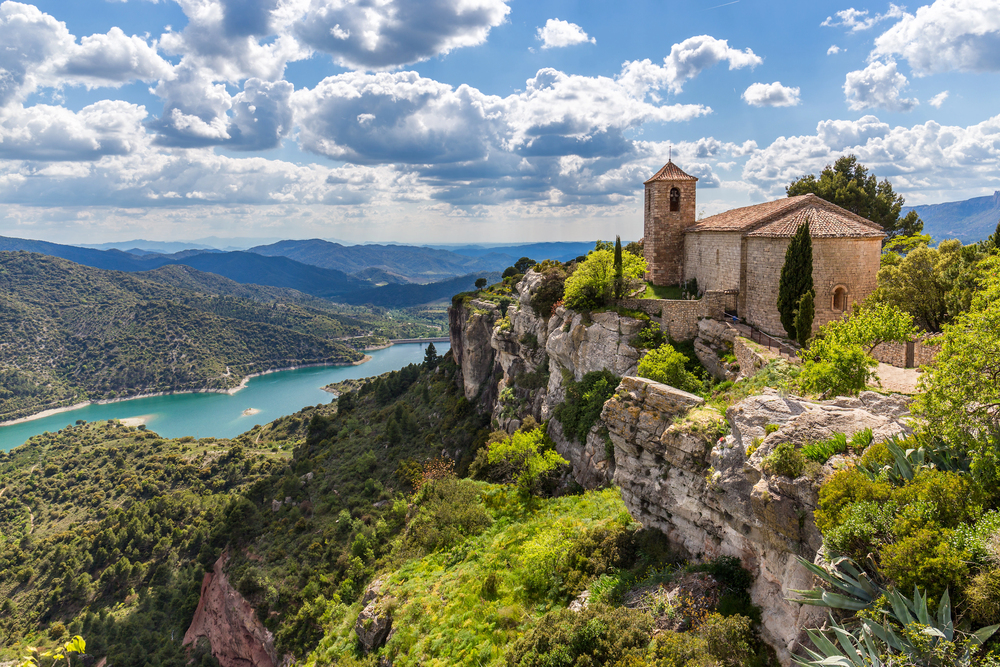
This medieval village in Catalunya sits atop a dramatic ridge surrounded by high-quality limestone crags. Known for technical, crimpy routes on vertical to slightly overhanging walls, Siurana has become a testing ground for elite climbers.
The area has seen numerous historic ascents, including the first female ascent of 9a+ (5.15a) when Margo Hayes climbed La Rambla. The mild winter climate makes it an ideal destination during colder months.
The Dolomites, Italy
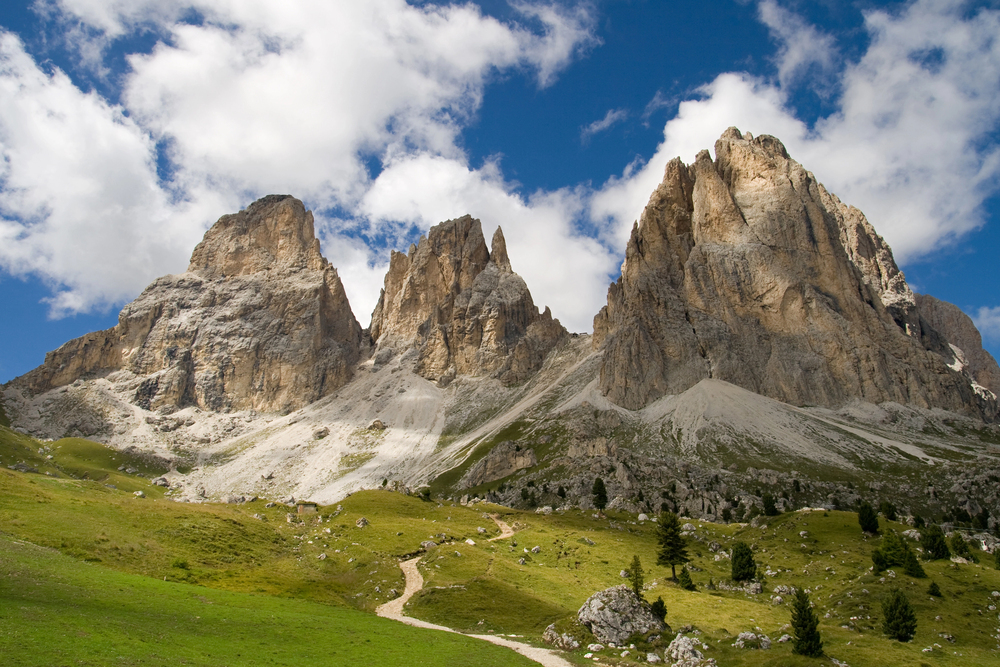
These distinctive limestone mountains in northern Italy offer some of Europe’s most spectacular multi-pitch traditional climbing. The pale rock formations rise dramatically from green valleys, creating an otherworldly landscape and providing routes of all difficulties, from beginner-friendly pitches to serious alpine challenges.
Historical routes dating back to the early days of mountaineering share the mountains with modern sport climbs, making the Dolomites a place where climbing history feels tangible.
Like Travel Pug’s content? Follow us on MSN.
Rodellar, Spain
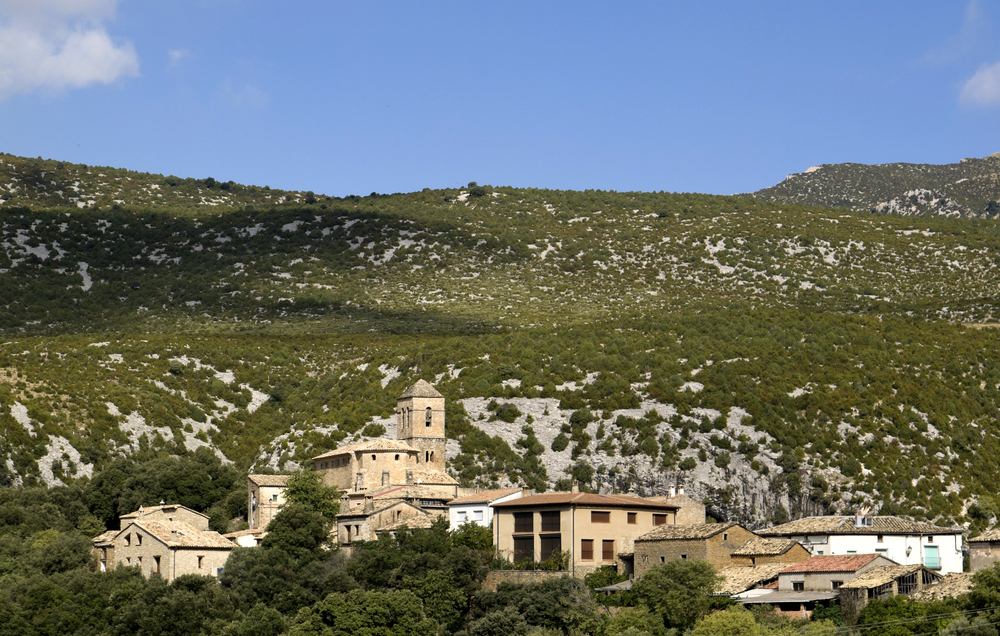
Located in a dramatic limestone gorge in the Aragón region, Rodellar is famous for its seemingly endless supply of overhanging routes adorned with tufas and stalactites. The concentration of high-quality routes in the 7a to 8b (5.11d to 5.13d) range makes it especially popular with intermediate to advanced climbers.
The river flowing through the canyon provides a refreshing post-climbing dip during hot summer days, when the area’s orientation offers shade for much of the day.
Peak District, England

The historic heart of British climbing, the Peak District, offers two distinct rock types: the gritstone edges with their distinctive friction climbing and the limestone dales with more technical face climbing. The area’s climbing history stretches back to the early 20th century, with traditional ethics still strongly influencing the climbing experience.
Stanage Edge, with its miles of perfect gritstone, represents one of the world’s greatest concentrations of traditional routes, where mental control is as important as physical strength.
Mallorca, Spain

This Mediterranean island combines sport climbing with some of the world’s best deep water soloing opportunities. The dramatic limestone sea cliffs allow climbers to ascend without ropes above the crystal-clear water, creating a uniquely freeing experience.
Beyond the famous deep water soloing, Mallorca offers excellent sport climbing areas scattered across the island, with the stunning coastal scenery providing an unforgettable backdrop to the climbing experience.
Like Travel Pug’s content? Follow us on MSN.
Finale Ligure, Italy
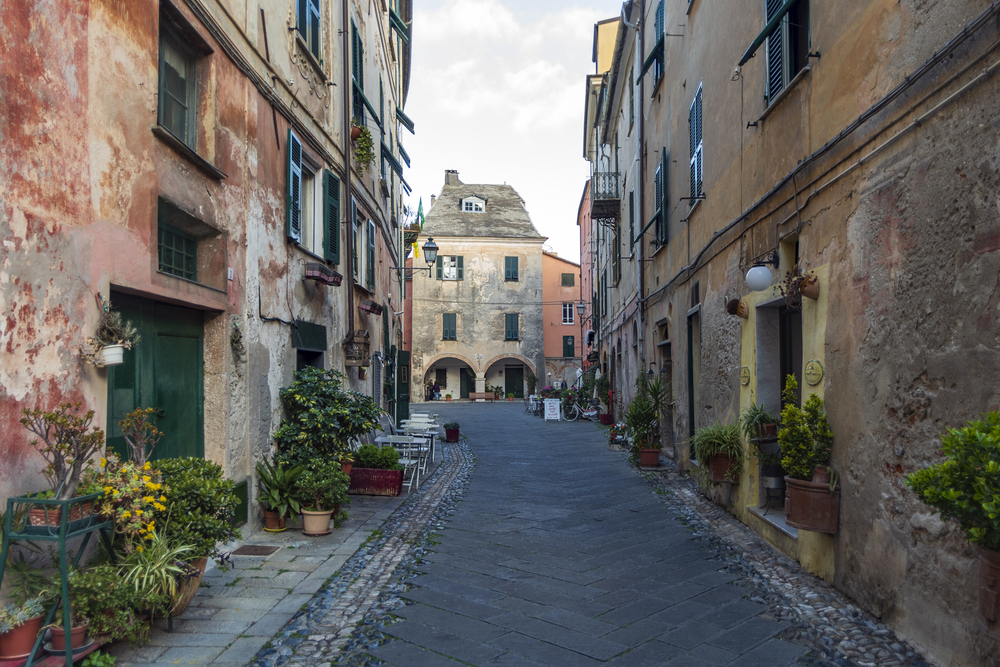
With over 3,000 routes spread across numerous crags nestled in the hills above the Italian Riviera, Finale offers climbers an exceptional combination of quality limestone and Mediterranean ambiance. The area’s climbing ranges from technical vertical walls to overhanging caves, all within easy reach of beautiful beaches and charming Italian villages.
The mild climate makes year-round climbing possible, with spring and fall offering perfect conditions.
Verdon Gorge, France
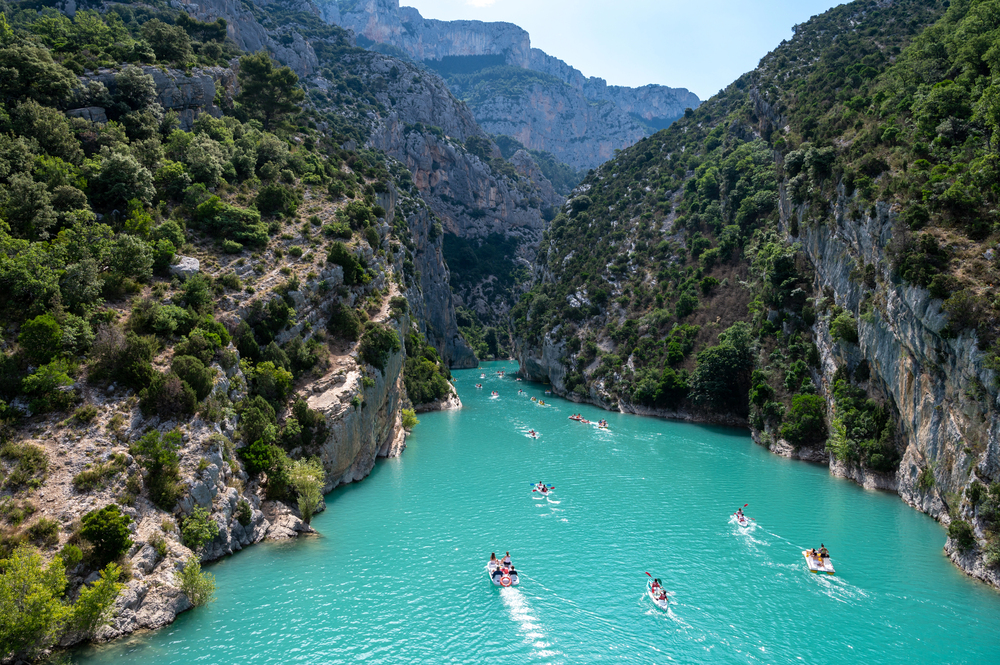
This spectacular limestone canyon in Provence features some of Europe’s most impressive big wall climbing. Routes up to 400 meters follow crack systems and faces on perfect blue-gray limestone, offering everything from moderate multi-pitch sport routes to serious traditional adventures.
The dramatic setting, with the emerald-green Verdon River flowing far below, creates a sense of exposure that adds to the area’s mythic status among European climbing destinations.
El Chorro, Spain
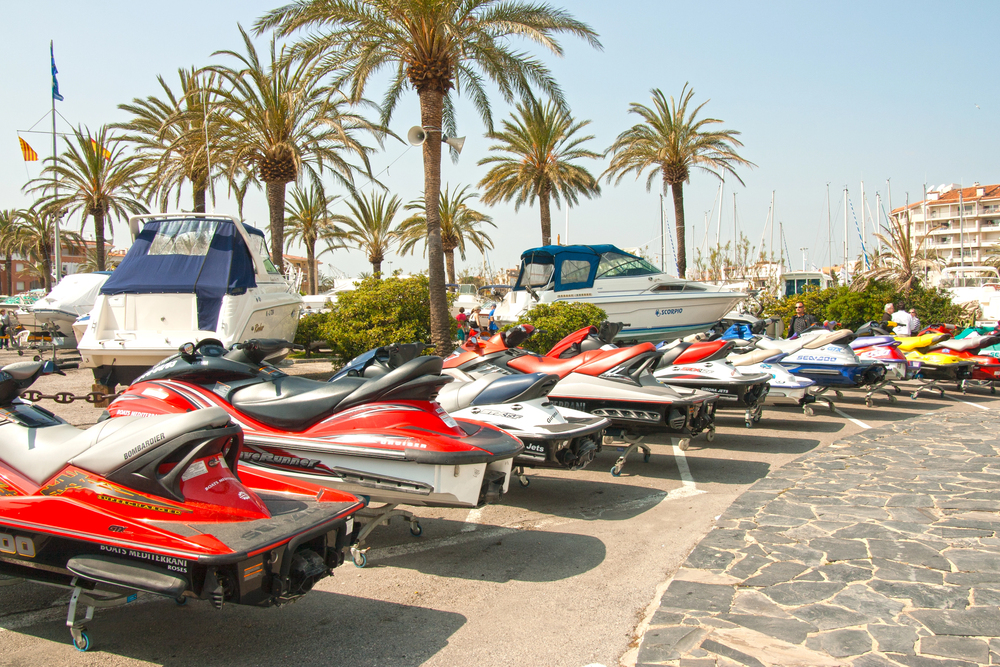
Located in the mountainous terrain north of Málaga, El Chorro combines excellent winter climbing conditions with stunning gorge scenery. The area gained fame through the Caminito del Rey, a dramatic walkway pinned to the vertical gorge walls, and offers a wide range of sport climbing on compact limestone.
Routes of all difficulties can be found across numerous sectors, making it a compact and diverse destination for climbers of all abilities.
Like Travel Pug’s content? Follow us on MSN.
Céüse, France
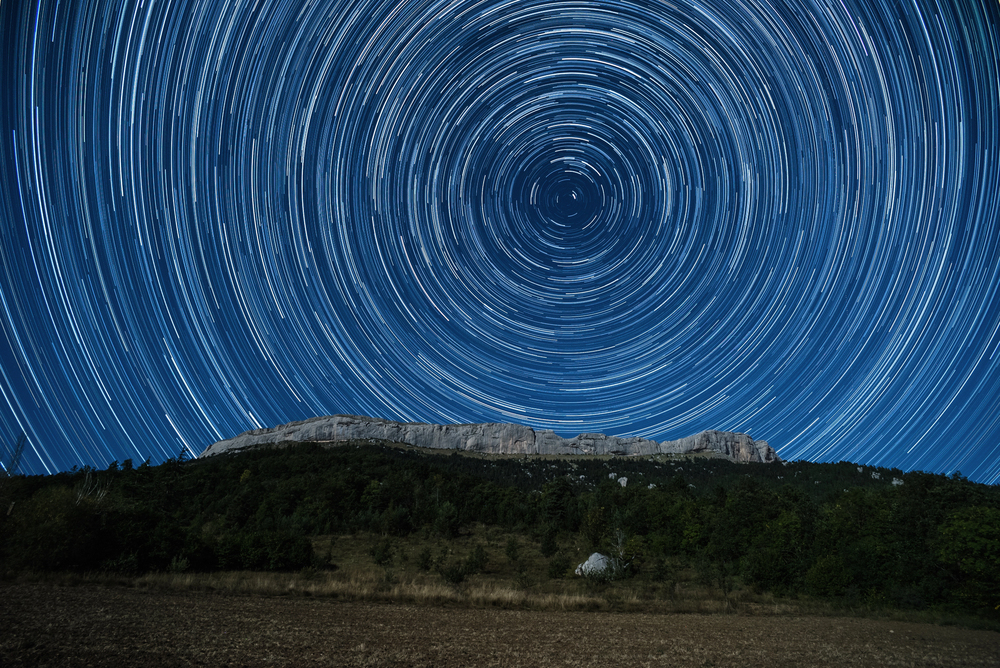
This mountain in the French Alps features what many consider to be the highest-quality sport climbing limestone in the world. The cliff’s distinctive blue and orange-streaked wall hosts numerous famous routes, including Chris Sharma’s Biographie/Realization, one of the first 9a+ (5.15a) climbs in history.
The 45-minute uphill approach keeps crowds manageable and rewards climbers with spectacular views across the Alpine landscape, making the effort well worth it.
Arco, Italy
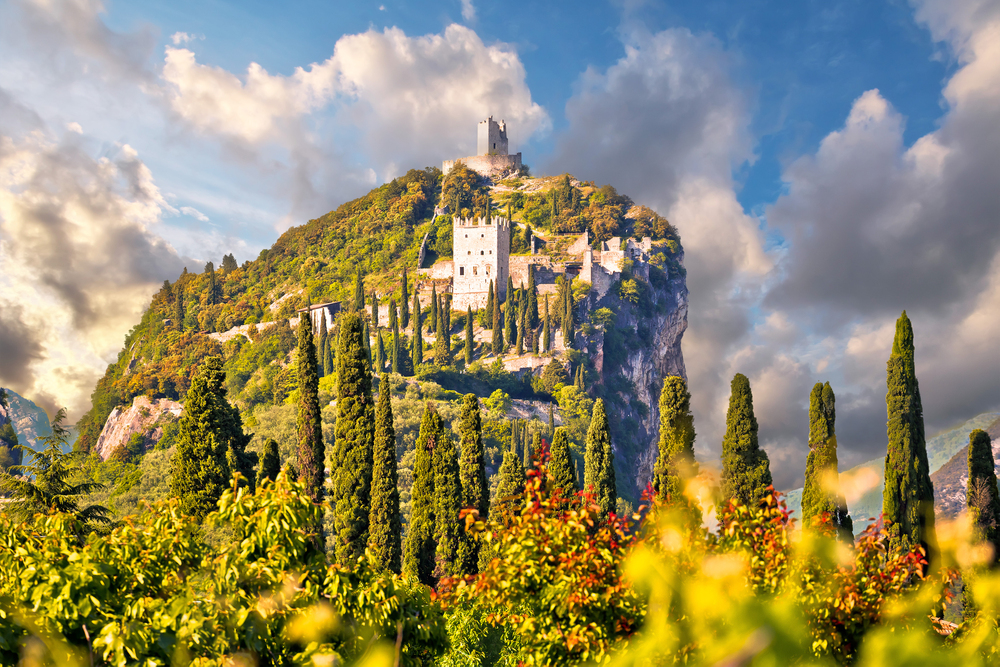
Nestled in the Sarca Valley near Lake Garda, this climbing hub offers an incredible variety of routes on high-quality limestone. From beginner-friendly slabs to challenging overhangs, Arco’s numerous crags provide options for every climber.
The town itself has developed around the climbing community, hosting the annual Rock Master competition and featuring numerous climbing shops, making it one of Europe’s most climber-friendly destinations where the sport is central to the local culture.
Leonidio, Greece
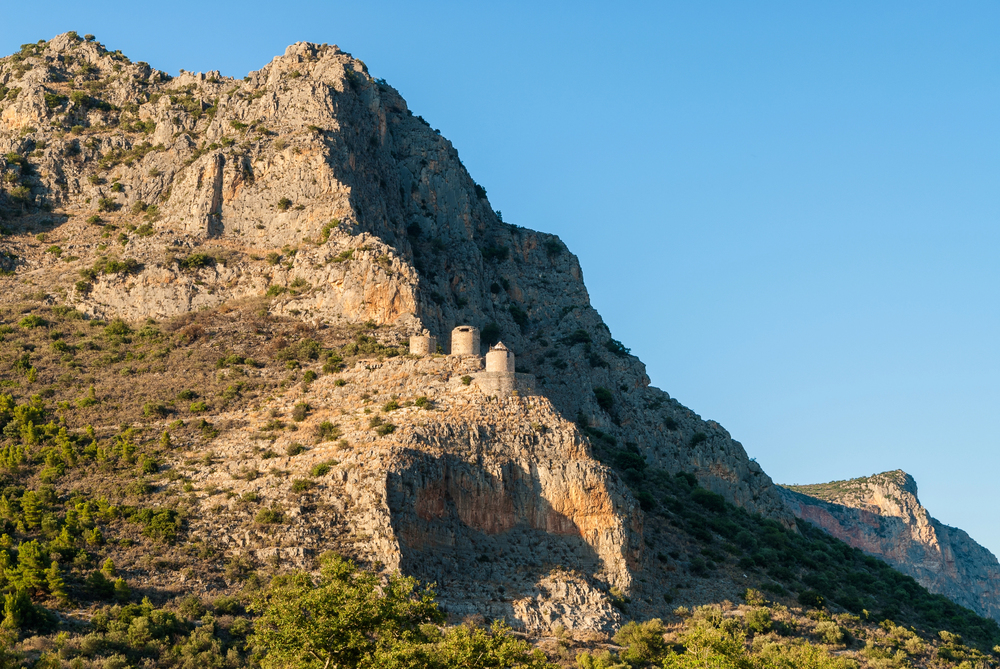
This emerging destination on the Greek mainland has rapidly developed into one of Europe’s premier winter climbing areas. The striking red limestone walls rise directly behind the small town, offering hundreds of well-bolted sport routes across all difficulty levels.
The combination of excellent climbing, Mediterranean climate, and authentic Greek culture makes Leonidio increasingly popular with climbers seeking a less crowded alternative to more established destinations.
Like Travel Pug’s content? Follow us on MSN.
Costa Blanca, Spain
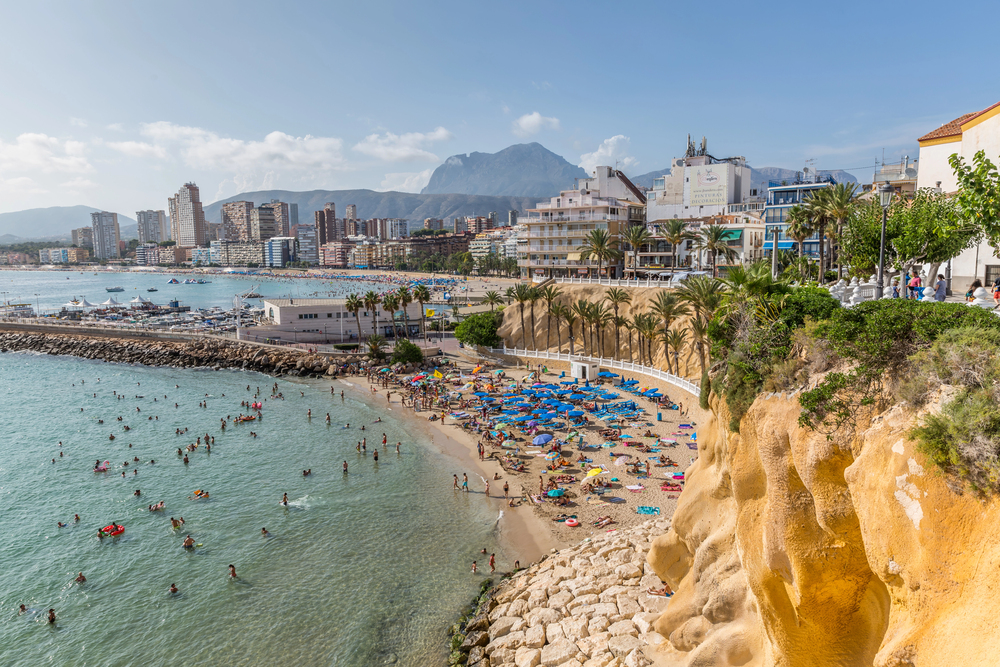
This extensive climbing region near Alicante offers a perfect winter escape for northern European climbers. The area’s jewel is Peñón de Ifach, a massive limestone monolith rising dramatically from the sea. Numerous inland crags like Sella and Echo Valley provide thousands of routes across all grades, from beginner-friendly slabs to challenging overhangs.
The combination of reliable winter sunshine, diverse climbing, and easy accessibility has made Costa Blanca a seasonal home for climbers across Europe.
Osp, Slovenia
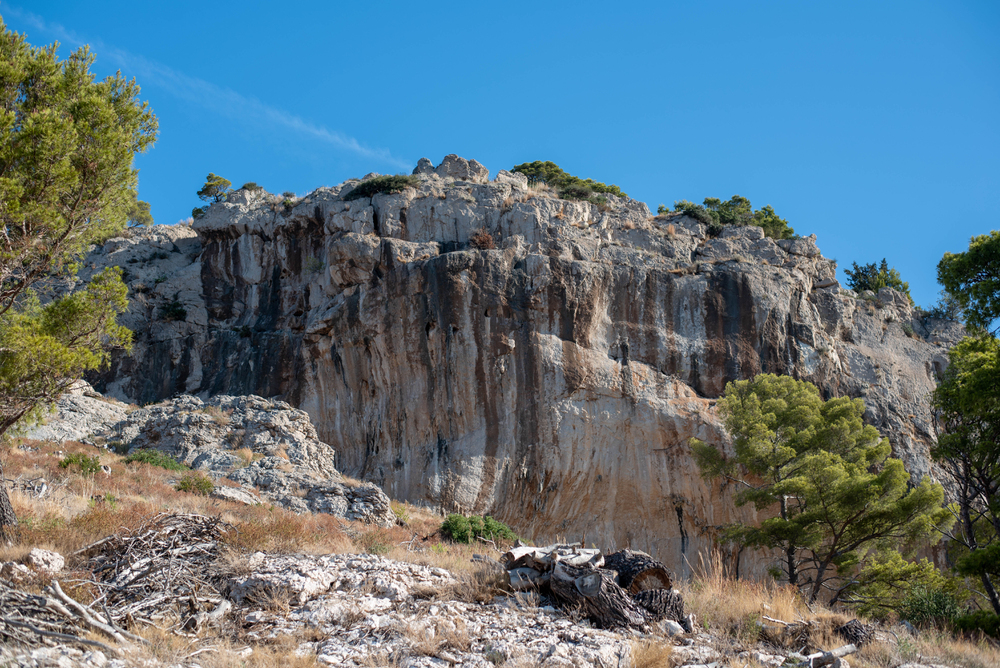
Located near the Italian border, this compact climbing area offers over 600 high-quality sport routes within a small radius. The three main crags—Osp, Misja Pec, and Crni Kal—provide a variety of styles from technical vertical climbing to severely overhanging caves.
The proximity to other climbing regions in Croatia and Italy makes Osp a perfect stop on a broader climbing tour of the Adriatic region, where diverse cultures and climbing styles can be experienced within short driving distances.
Chamonix, France
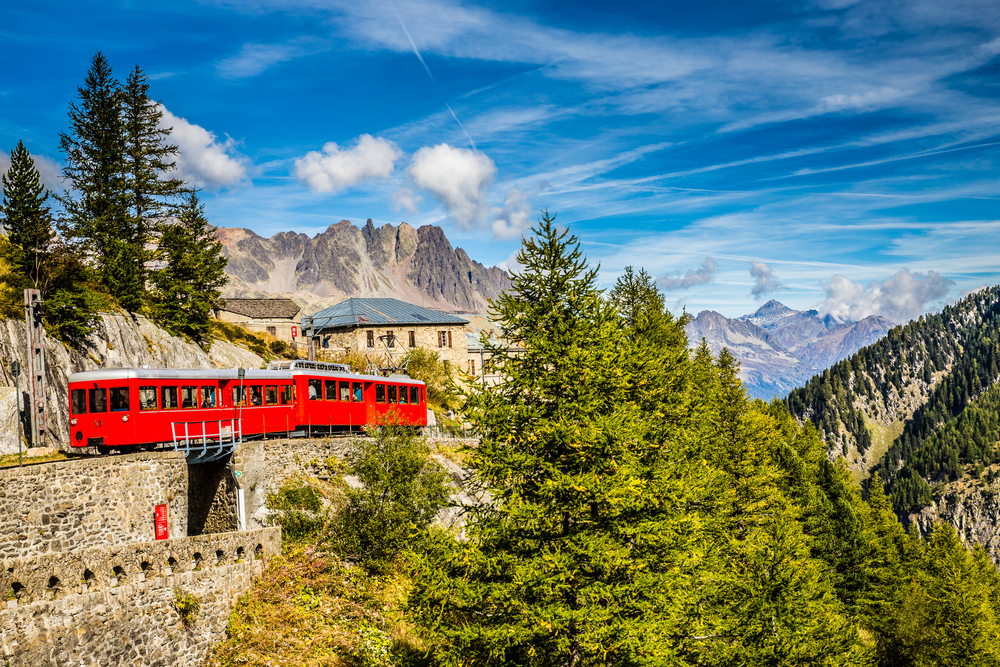
The historic birthplace of alpinism, the Chamonix Valley offers an incredible diversity of climbing experiences beneath the shadow of Mont Blanc. From accessible sport crags in the valley to high-alpine granite routes on the Aiguilles, climbers of all abilities and aspirations find challenges here.
The valley’s rich climbing history, dating back to the earliest days of the sport, gives every ascent a sense of participating in a grand tradition that has shaped climbing worldwide.
Like Travel Pug’s content? Follow us on MSN.
Meteora, Greece
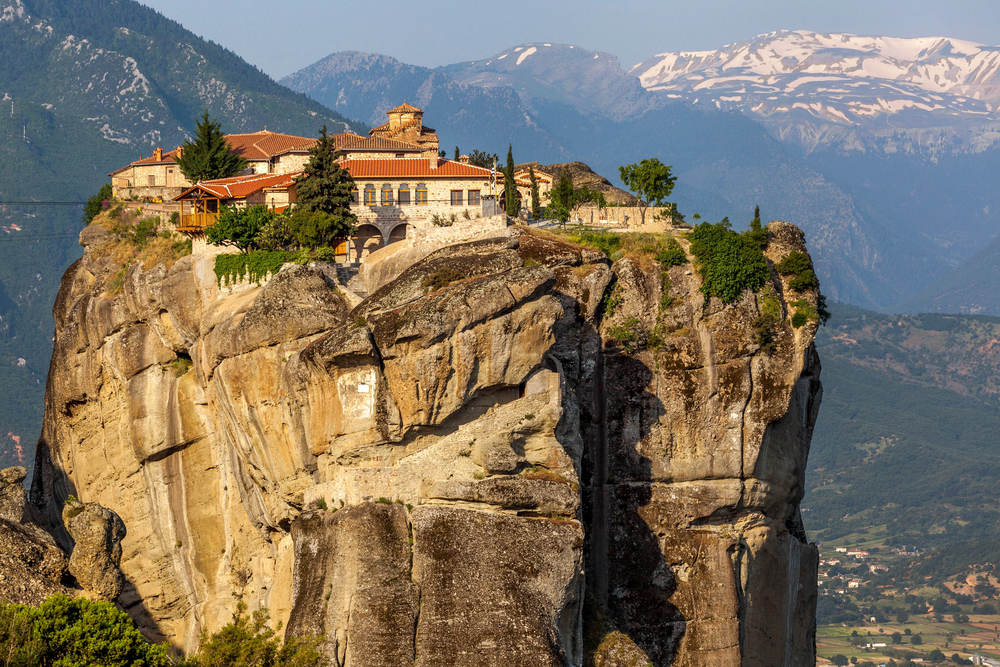
These extraordinary sandstone pillars in central Greece support ancient monasteries and offer unique climbing on conglomerate rock. The unusual formations create a climbing experience unlike anywhere else in Europe, with routes following the natural weaknesses in the towering pillars.
The area’s historical significance, recognized as a UNESCO World Heritage site, adds a cultural dimension to the climbing, creating a profound sense of place and history during every ascent.
Chulilla, Spain
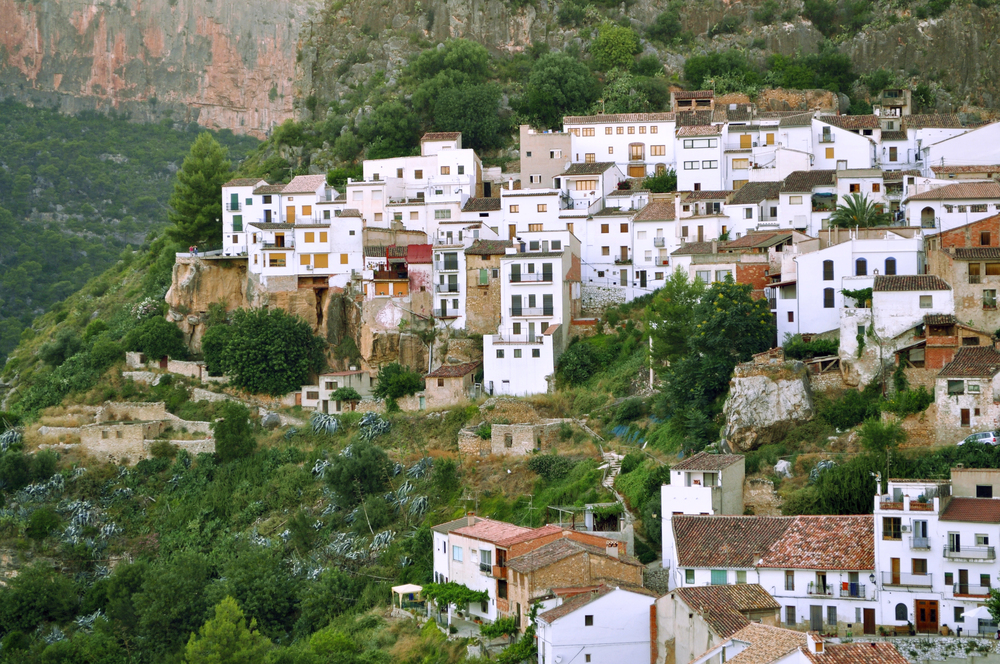
This picturesque limestone gorge near Valencia features vertical to slightly overhanging walls up to 80 meters high. The technical climbing on small edges and pockets has attracted climbers seeking challenging routes in the middle and upper grades.
The charming village perched above the gorge provides a perfect base for extended stays, with the local climbing community developing thousands of routes that maximize the potential of this spectacular setting.
Ailefroide, France
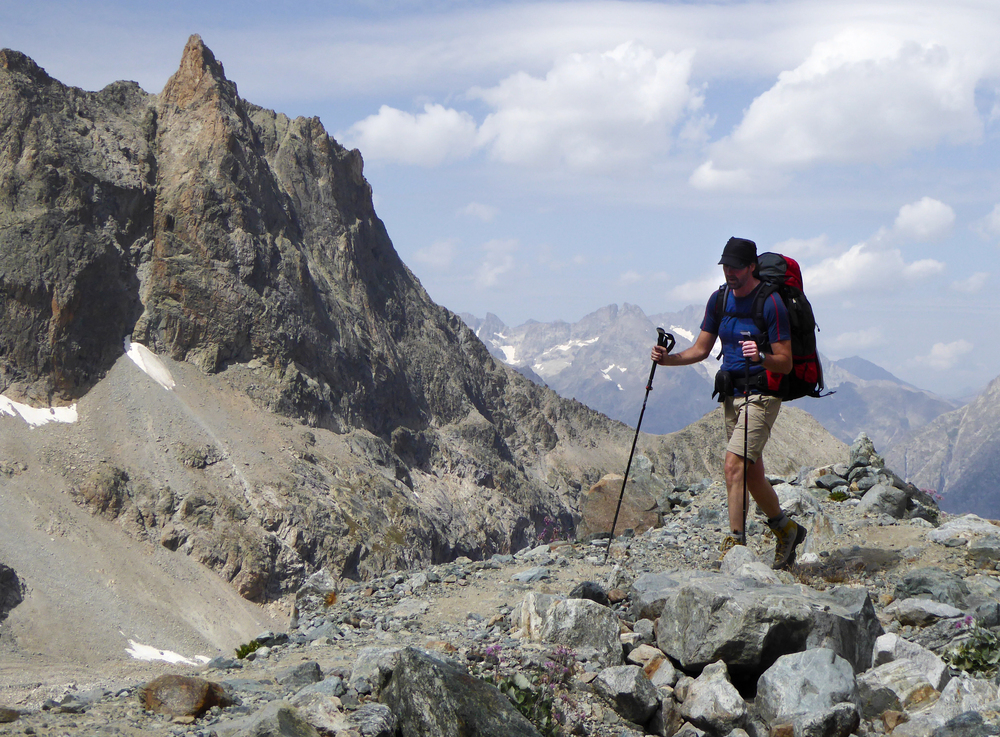
Hidden in the Écrins National Park in the French Alps, this alpine climbing paradise offers a perfect blend of sport, traditional, and multi-pitch routes amid breathtaking mountain scenery. The area features high-quality granite and gneiss formations with over 700 routes spanning all difficulty levels.
What makes Ailefroide unique is its accessibility – many excellent routes start right from the valley floor, while more adventurous climbers can tackle longer alpine routes on the surrounding peaks. The campsite at the center of the valley creates a vibrant climbing community during summer months, with climbers from across Europe sharing beta and stories around evening campfires.
Like Travel Pug’s content? Follow us on MSN.
Beyond the Chalk
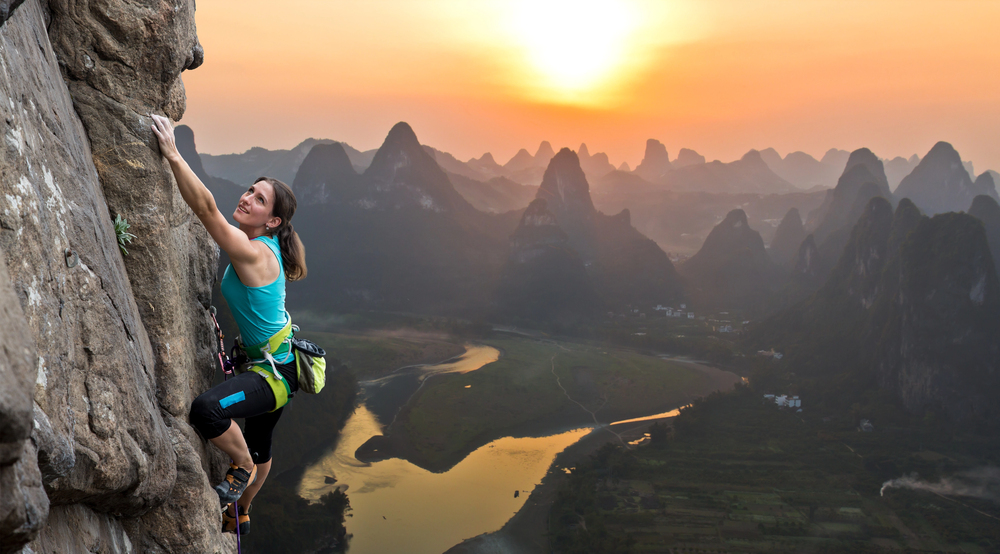
Europe’s climbing areas offer far more than just physical challenges on rock. They represent centuries of climbing history, diverse cultural experiences, and communities built around a shared passion.
The contrast between climbing in a British gritstone quarry and on a sun-drenched Mediterranean limestone cliff demonstrates the incredible variety available across relatively short distances. This accessibility and diversity make Europe a unique climbing destination where tradition and innovation continually shape the evolution of the sport.
More from Travel Pug

- Cities Growing so Fast You Won’t Recognize Them in 10 Years
- 13 Destinations Where Tourists Regularly Regret Their Trip
- 16 U.S. Cities That Are Quietly Becoming Travel Hotspots
- Where to Travel If You Love Long Bus Rides and Daydreams
- 20 Cities Perfect for Solo Travelers Who Crave Adventure & Culture
Like Travel Pug’s content? Follow us on MSN.
